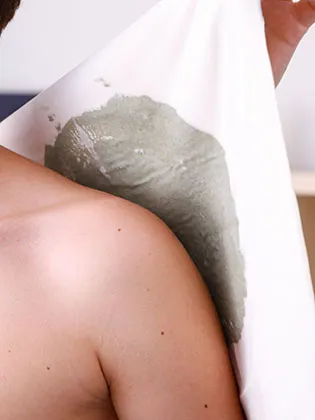The shoulder, as seen for the other joints of the body, is exposed to rheumatism, arthrosis, and arthritis, which involve annoying pain and stiffness in daily movements.
Other pathologies that affect the shoulder and that we usually treat are the so-called “frozen shoulder” or adhesive capsulitis, in which the capsule of the connective tissue (the structure that, together with the ligaments, regulates the movement of the shoulder) wears out and gets inflamed, hindering the smooth movement, as well as shoulder tendonitis. In the latter case, the tendons of the rotator cuff or the long head of the brachial biceps become inflamed, due to chronic strain or acute trauma. Tennis players, swimmers and those who perform a job that involves repetitive movements of the arm and shoulder often suffer from it. Tendinosis is also identifiable as a progressive degeneration of the tendon tissue over time, around which a calcification arises.
We have also treated patients with impingement or sub-acromial conflict syndrome frequently. It is an inflammation of the shoulder structures located in the sub-acromial space, that is, above the humerus and below the bone protuberance of the scapula called Acromion. When excessive compression of these structures is generated and they undergo alterations for mechanical reasons, they become inflamed up to block the movement of the joint, resulting in stiffness and pain.






